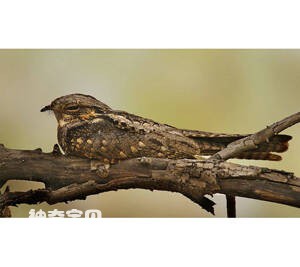
Caprimulgus indicus
Caprimulgus indicus,Jungle Nightjar
The specific habits of the Jungle Nightjar (Caprimulgus indicus) are unknown···
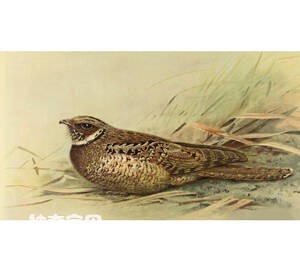
Siphonorhis americana
Siphonorhis americana,Jamaican Poorwill
The Jamaican nighthawk (Siphonorhis americana) is known as Jamaican Poorwill···
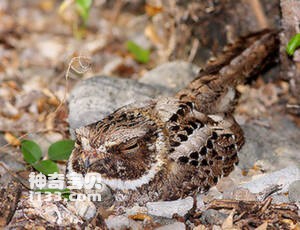
Siphonorhis brewsteri
Siphonorhis brewsteri,Least Poorwill
Chinese and American nightcap scientific name Siphonorhis brewsteri, foreign···
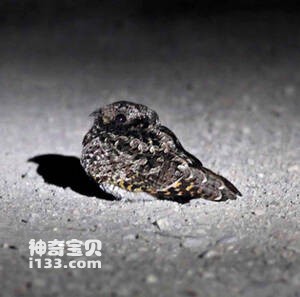
Phalaenoptilus nuttallii
Phalaenoptilus nuttallii
Its scientific name was Phalaenoptilus nuttallii, and its foreign name was C···
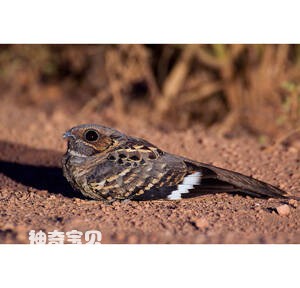
Nyctidromus albicollis
Nyctidromus albicollis,Pauraque
The species, known as Nyctidromus albicollis or Pauraque, became extinct in ···
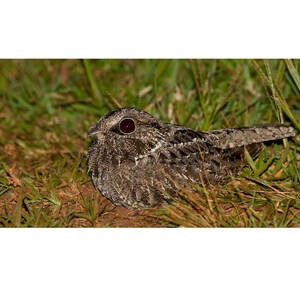
Eleothreptus anomalus
Eleothreptus anomalus,Sickle-winged Nightjar
Sickle-winged Nightjar (Eleothreptus anomalus and sickle-winged nightjar) is···
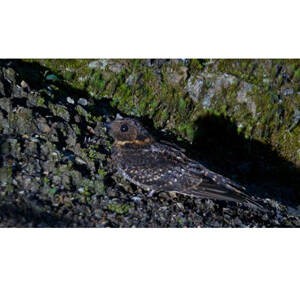
Uropsalis lyra
Uropsalis lyra,Lyre-tailed Nightjar
Its scientific name is Uropsalis lyra, and its foreign name is Lyre-tailed N···
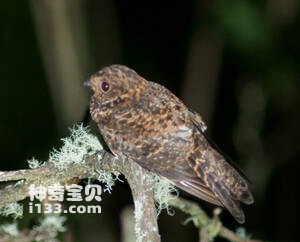
Uropsalis segmentata
Uropsalis segmentata,Swallow-tailed Nightjar
Uropsalis segmentata and swallowtailed Nightjar are unknown.Protect wild ani···
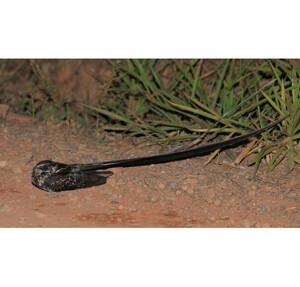
Macropsalis forcipata
Macropsalis forcipata,Long-trained Nightjar
Its scientific name is Macropsalis forcipata, and its foreign name is Long-t···
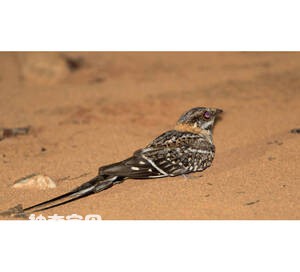
Hydropsalis torquata
Hydropsalis torquata,Scissor-tailed Nightjar
Hydropsalis torquata, or Scissor-tailed Nightjar, is unknown.Protect wild an···
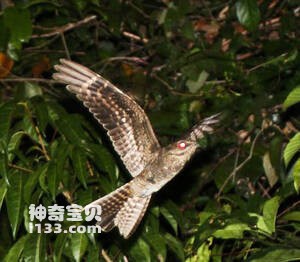
Hydropsalis climacocerca
Hydropsalis climacocerca,Ladder-tailed Nightjar
The behavior of the Ladder-tailed Nightjar (Hydropsalms climacocerca, ladder···
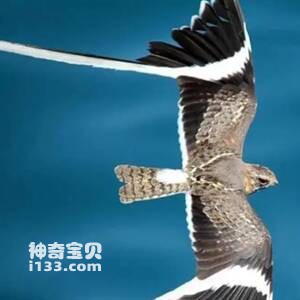
Macrodipteryx vexillarius
Macrodipteryx vexillarius,Pennant-winged Nightjar
Macrodipteryx vexillarius, Pennant-winged Nightjar. It has a pair of long fe···
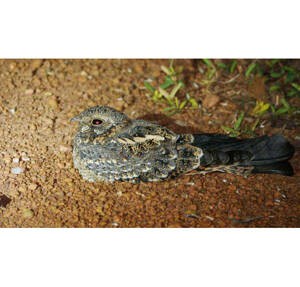
Macrodipteryx longipennis
Macrodipteryx longipennis,Standard-winged Nightjar
Macrodipteryx longipennis (also known as Standard-winged Nightjar) is a four···
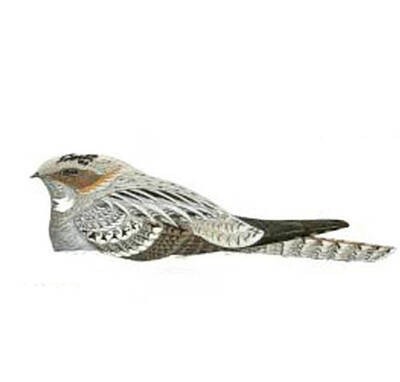
Eurostopodus exu
Eurostopodus exul,New Caledonian Nightjar
The behavior of the New Caledonian Nightjar (Eurostopodus exul) is unknown.T···
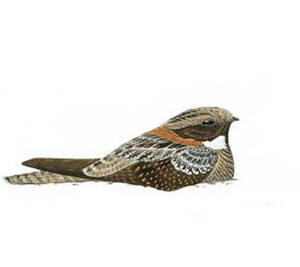
Eurostopodus nigripennis
Eurostopodus nigripennis,Solomons Nightjar
The specific habits of the Solomons Nightjar (Eurostopodus nigripennis) are ···
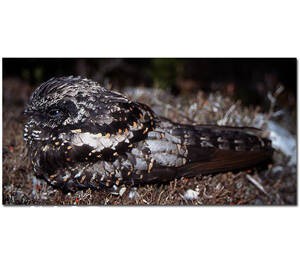
Eurostopodus archboldi
Eurostopodus archboldi,Archbold's Nightjar
Eurostopodus archboldi (Archbold's Nightjar) is a species of woolly-legg···
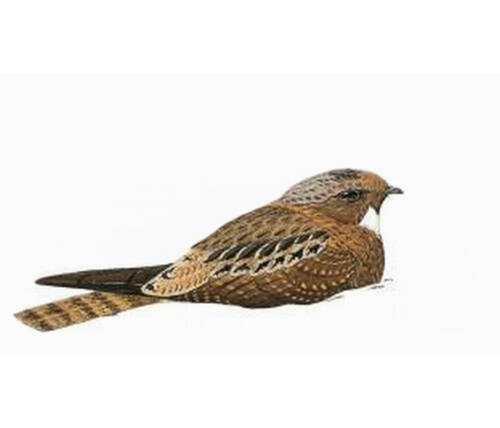
Eurostopodus papuensis
Eurostopodus papuensis,Papuan Nighthqwk
Papuan Nighthqwk is known by its scientific name Eurostopodus papuensis and ···
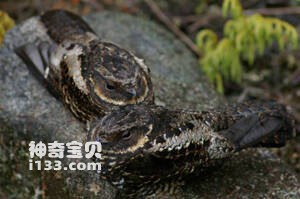
Eurostopodus diabolicus
Eurostopodus diabolicus,Satanic Nighthqwk
Eurostopodus diabolicus and Satanic Nighthqwk are unknown.Protect wild anima···
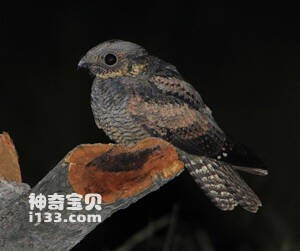
Eurostopodus mystacalis
Eurostopodus mystacalis,White-throated Nighthqwk
Eurostopodus mystacalis and White-throated Nighthqwk are unknown.Protect wil···

Eurostopodus argus
Eurostopodus argus,Spotted Nighthqwk
The name Eurostopodus argus, Spotted Nighthqwk, is unknown.Protect wild anim···
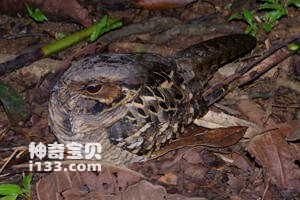
Eurostopodus temminckii
Eurostopodus temminckii,Malaysian Eared Nightjar
The name Eurostopodus temminckii and Malaysian Eared Nightjar are unknown.Pr···
